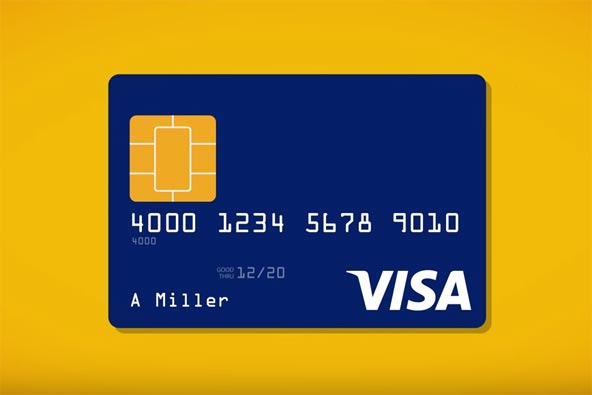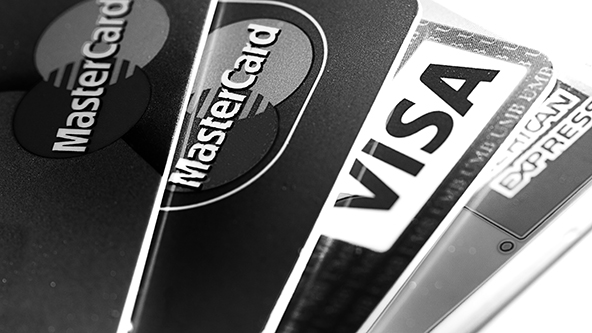High Risk Merchant Account with no Monthly Processing Limit

Most of the service inquiries we get are from domestic or non-American businesses, which are already taking credit cards, but have some issue with their existing solution they need to overcome.
Such issues can take a number of different forms. Among the most common ones is that the merchant is operating under a monthly processing limit, which is too low and inhibits their growth — that’s probably the most common complaint. Another is that the merchant’s existing processor is shutting them down — there can be any number of reasons they might want to do that, including high chargeback rates, fraud, etc.
We can help many such businesses to get a new merchant account, provided they comply with our requirements and are willing and able to do the job that it takes to get a new processing solution set up and operating. In this post I will focus in particular on the issue of a monthly processing limit — or rather how to get past it — and what you should expect from it.
What You Should Expect from a High-Risk Merchant Account
So, first things first. You need to have a realistic idea of what a high-risk merchant account will do for you in general, and on what terms.
So, we have a payment processing solution for virtually all industry types that are not served by your average service provider — old-fashioned processors like First Data and Chase Paymentech, as well as new-age one like Stripe, Square, etc.
Now, just like a traditional service does, a high-risk solution will also enable you to accept Visa and MasterCard payments, as well as other payment options like, for example, ACH — if you need that. We would also offer you the same kind of reporting on your transaction activity, so that you can manage your payments. So far, so ordinary.
There are three components of a high-risk merchant account, however, that are determined on a case-by-case basis. The first one is pricing. Transaction cost can vary in a very wide range. Some well-established high-risk businesses can get a rate of 3 percent to 4 percent of the transaction amount, while some particularly risky merchants can get rates as high as 15 percent or more.
It is impossible to be more precise than that — your pricing will only be set during the underwriting process. Typically, if you have some experience and a good history of keeping chargebacks under control, you will be looking at a rate of 5 percent – 7 percent.
Another high-risk merchant account component that is determined during underwriting is the payout schedule. For well-qualified applicants, payouts can be done daily or three times a week. Others will be getting their money twice a week or weekly. We know that you need access to your money just as quickly as possible, but there are rules we have to follow and risk management guidelines to consider when making a decision on that score.
The third uniquely high-risk merchant account component is the reserve — a specified percentage of the merchant’s sales deposits that is retained by the processor in an escrow account for risk mitigation purposes. The reserve’s amount is also determined during the application process and is calculated as a share of the expected revenue from your monthly transactions.
Typically, if there is a reserve, it will be a 10-percent, 180-day rolling reserve. In such a case, every month for the first six months 10 percent of your monthly sales will be placed into an escrow account. Then on the seventh month, your first month’s reserve amount will be released and 10 percent of that month’s sales volume will be withheld and so on.
What We Expect from a High-Risk Merchant Account Applicant
We can provide services to businesses in virtually all high-risk industries, provided they comply with our requirements. We can be flexible and work with applicants to meet these requirements, where possible.
First of all, we need volume. Typically, we will not initiate an application process for a merchant doing less than a $100,000 a month. We might make an exception for an applicant in a not-too-high-risk industry, but that is a rare occurrence.
See, the high-risk application is an incredibly demanding process and that applies to everyone, whether their monthly volume is $100,000 or $1 million. And taking through it a business with low volume is just not worth it for anyone involve, including the applicant.
Apart from the volume, we require that our clients keep a close eye on their chargebacks. It is true that we are much more flexible with chargebacks than your typical processor, but that doesn’t mean that you can let them go out of control. And anyway, it is in your own best interest to keep chargebacks in check. The good news is that we can help you with that.
The Application Process
If you have the volume and willingness to keep chargebacks at a reasonable level, the application process will require you to provide the same kind of documentation you have given your previous service provider. There may be some additions, but these will be minor. Here is what you will probably be asked to provide:
- Three months of recent company bank statements.
- Copy of a voided check from your business depository account.
- Owner ID — a legible copy of a driver’s license or passport.
- Owner proof of address — a utility bill will do.
- Articles of Organization / Incorporation.
- Copy of EIN showing the company tax ID number.
- Copy of current processing statements for the last 6 months.
- Any certification and / or licenses that may be required.
The process itself may take longer than you are used to, although if we have all the paperwork that we need at the start, it should be pretty smooth.
Once your application is approved, the merchant account integration is fairly uneventful and you will be up and running pretty quickly.
Image source: YouTube / Visa.



We are a startup based in Bangalore, India . We are initiating a business as a third party vendor for Used Auto Parts in the U.S . We are looking for a direct merchant account where we can accept payments through credit /Debit Cards over the phone .